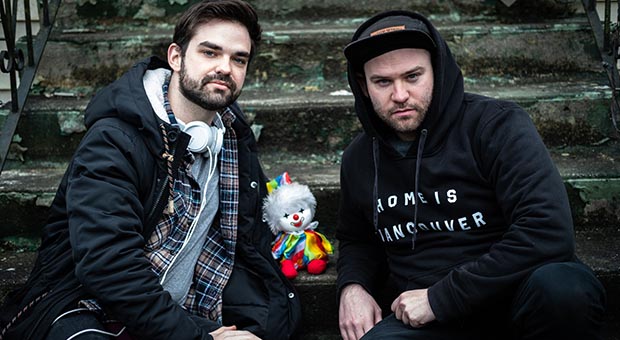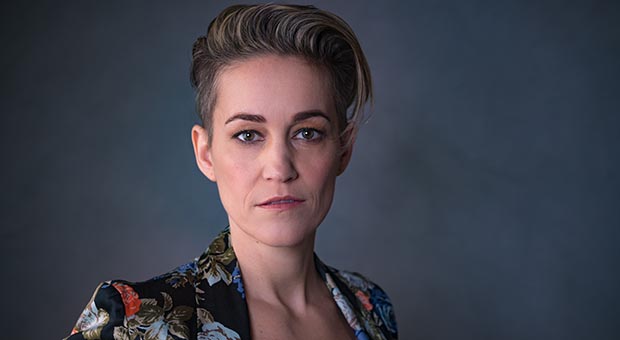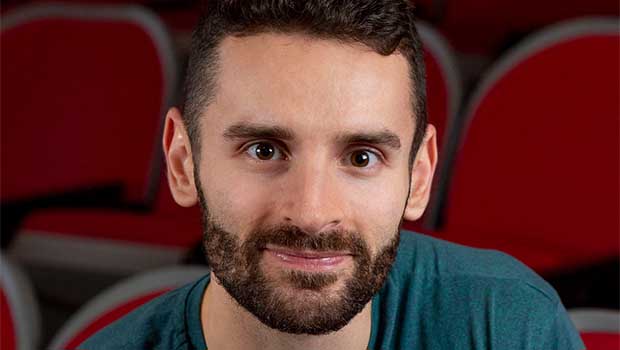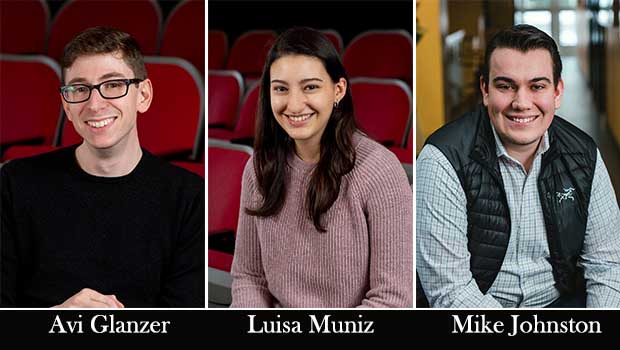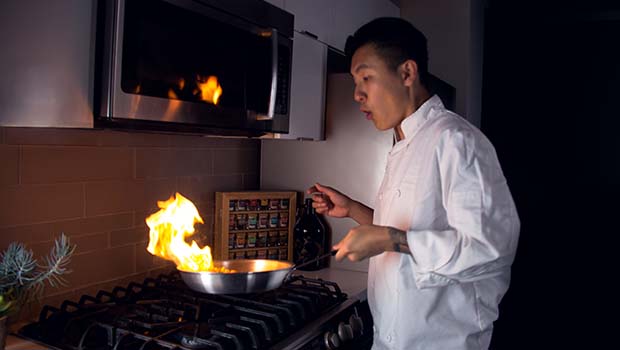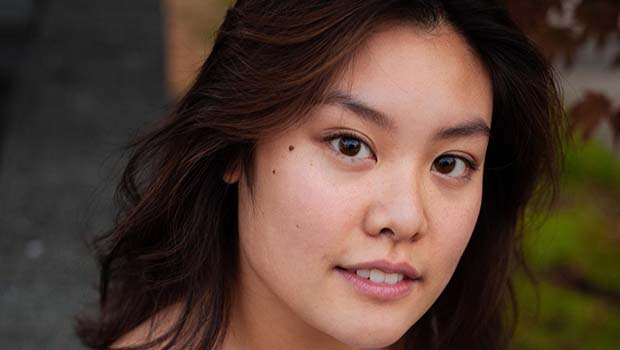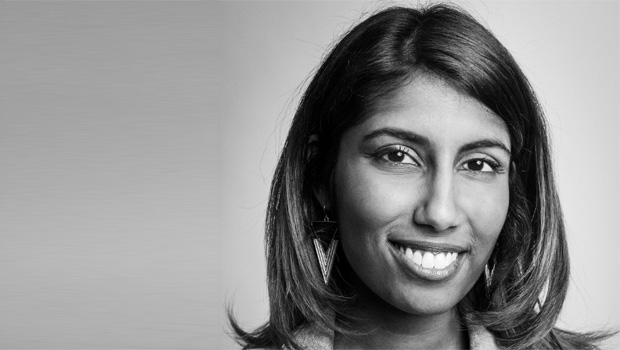
07 Jan The Biz Interview: Filmmaker Nimisha Mukerji
With the 2009 release of the film festival favourite 65_RedRoses, Nimisha Mukerji established herself as one of Canada’s rising documentary filmmakers.
Dividing her time between television projects like Border Security and a new documentary on Tempest Storm, Nimisha Mukerji continues to put her significant talents to strong use as she pushes forward into the next chapter of her career.
Nimisha Mukerji spoke to us about her career, the documentary filmmaking process, and maintaining the necessary distance between filmmaker and subject.
What are you working on right now?
I’ve been working on a new feature documentary on American sex icon Tempest Storm for the past year. It’s an exciting project that’s taken us all over the United States, which has been a lot of fun. The official website is TempestStormFilm.com.
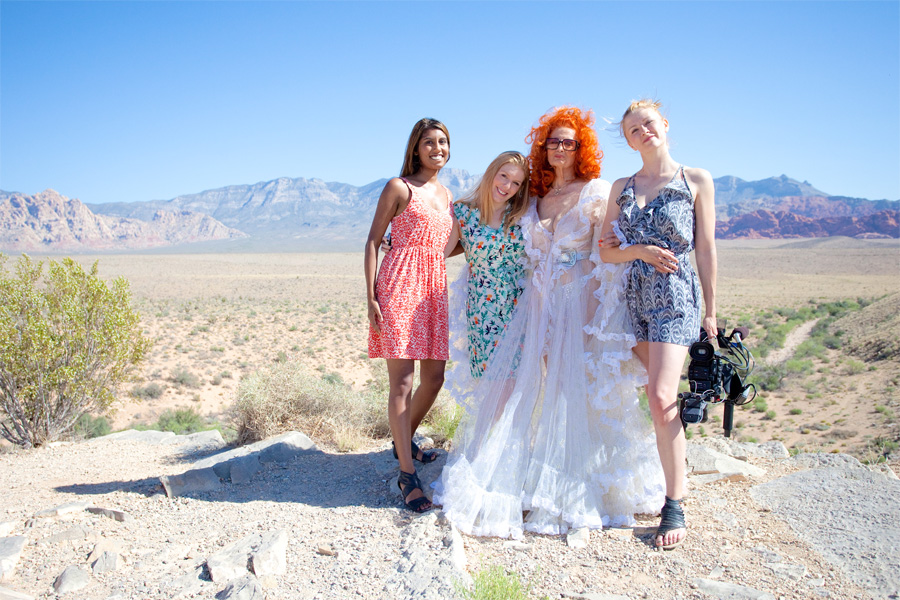
What was the moment when you knew you wanted to be a documentary filmmaker?
While we were film production students at UBC both myself and Philip Lyall (the co-director of 65_RedRoses) were mentored by Oscar winning filmmaker John Zaritsky. John’s class was the first time I was really exposed to the beauty and artistry behind documentary filmmaking and that experience is essentially what prepared us for 65_RedRoses. The actual moment that I knew I wanted to make a documentary is when I first heard Eva Markvoort’s story. Her circumstances were so extraordinary, it didn’t make sense to try to write a narrative script. The most effective approach was to create a cinema verite film that brought people into Eva’s life at that time.
Who were some of your greatest influences early on?
In the non-fiction world I love Steve James’ Hoop Dreams, I watched that film a bunch of times while making 65_RedRoses. RJ Cutler’s series American High was the first doc series I had ever seen and it just blew my mind; it was such brave television. Other influences have been Hal Ashby, Steven Soderbergh, Richard Linklater, and Gus Van Sant.
Can you share about your creative process as a documentary filmmaker from the idea stage to film release?
In some ways the easiest part is choosing my subject, because when I’m affected by a story and want to make it into a film, I delve right in. I start shooting and putting together a demo as I write out the treatment and start working out the potential character arcs and story-lines that might unfold. I can’t control what happens, but I need to really think about what could happen, and ask the right questions at the right time to set up scenes that might unfold later on. Once I feel like I’ve got a lot of scenes and the majority of the story (but usually not the ending) I start editing. I do this so that I can get a sense of how much more I have left to shoot. When I feel like I’ve got an ending I get moving on rough cuts, and have a lot of test screenings to sort out if the structure is working, and if the audience is emotionally invested in the film. The picture is never really locked until it’s screening for the first time, there are so many final changes I tend to make even late in post.
You’ve worked on feature-length documentaries like 65_RedRoses along with documentary series like Border Security. How would you compare these two mediums and how does your creative approach change?
When directing for television I’m only involved in the shoot, so the pressure is on to make sure that I’ve got all the pieces needed to tell the story in an effective way later in the edit room. Unlike reality TV, on Border Security there was no script, and the situations were unfolding in real time, similar to Emergency Room. I think the series originated in Australia where it was popular for entertaining while educating the public about safe travel practices and the legalities of entering/exiting countries. Similar to documentary filmmakers shooting in the field, the crew had a “fly on the wall” approach, getting clearances as we went along and not interfering with what was unfolding in front of the lens. But when I work on my documentaries I have a lot of control in the edit room, and a lot of creative freedom with the material, so that’s really the biggest difference.
From your experience, when making a documentary as personal as 65_RedRoses, does a filmmaker need to make an effort to keep some emotional distance from their main subject (person) or does a strong emotional investment lead to a stronger film?
Having a bit of distance is important for me, and while I often become very good friends with my subjects after the film is done, during production I try to keep the relationship as professional as possible. I remind myself that the people in my films have trusted me with their stories, so I have a responsibility to stay in filmmaker mode and make sure I am doing my job. If I get too invested emotionally than I will stop being a director and instead try to be their friend. Sometimes your subjects need both, but most of the time I think people are relieved to have someone to talk to who isn’t close to them. It’s like being a therapist. You’re there to just listen, not judge, or interfere in their lives.
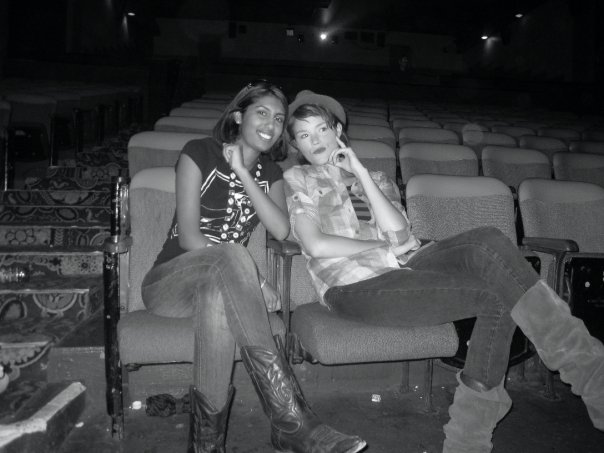
What do you think Eva Markvoort would say today about the legacy and impact that 65_RedRoses has had?
Thankfully she was able to see the beginning of the film’s impact, and she had so much faith in the project. She was all about bringing people together, and dreaming big. She’d probably say, “I told you, Mish. I told you that all the love you put into the world comes right back to you. Now get to work!”
65_RedRoses played at several film festivals – including the Vancouver International Film Festival. How important are film festivals like the Vancouver International Film Festival for filmmakers today and what insights can you share into the process of getting a film chosen by a festival?
Festivals like Vancouver International Film Festival are really important platforms for filmmakers to not only create interest in their work (distribution opportunities, audience engagement) but also to celebrate their films. Filmmakers make films to be seen, and there is nothing like sitting in a theatre with an audience for the first time. VIFF supported my second feature documentary Blood Relative and after we won the Audience Award, it got the attention of more programmers and we screened at some incredible festivals. For broadcast documentaries, festivals give you this unique chance to play in theatres. For theatrical films it’s a chance to create hype and excitement around the film. Art is subjective though, and I would say that you never know what programmers are going to go for. I think it’s useful to go to festivals and engage with programmers as much as possible. They won’t necessarily choose your film because they know you, but it’s good to get a sense of who they are and what they’re drawn to.
In your mind, what are the three most important things that every documentary needs in order to be successful? Why?
You need access, that’s paramount. And by that I mean both access to places as well as emotional access. I think there has to be a story with a beginning, middle, and end. You also need a strong visual style. This can be personal, subtle, bold, there just has to be a sense of direction and purpose in the cinematography and approach to shooting and/or conducting interviews.
What’s the biggest challenge for you as a filmmaker and what steps do you take to deal with it?
The biggest challenge is unfortunately funding, especially in the development stage. I did a Kickstarter campaign for Tempest Storm. It was the first time I did crowd-funding for a project and that support enabled us to continue making our film. I also pitched the project a lot at forums and competitions that had cash prizes.
What advice would you give to someone who wants to pursue a career as a documentary filmmaker?
My advice would be to think carefully before starting a documentary. Making films requires a lot of sacrifice and with docs you could easily end up self-financing your film for the first few months. There’s often this misconception that making a documentary film will be faster, or easier than producing a narrative feature, but that’s really not the case. You have to feel very passionately about the story, since you might be working on it for years. And when you make a film about real people, with real lives, they can be profoundly effected by the film, both in negative and positive ways. You’re taking on that responsibility, which is different than working with actors who are playing characters in fictional scenarios.
From your standpoint, what is the current state of the film industry in Canada today – especially where documentaries are concerned? How can things be improved?
There aren’t many broadcasters to approach in Canada right now who commission documentaries, especially feature docs. While festivals like DOXA and Hot Docs prove there is an audience for nonfiction films, we’re not seeing the licenses that are needed to get films made. With the rise of Netflix, which is now starting to commission documentaries, there are new avenues, especially online. I think transmedia is creating new opportunities for docs as well. These are newer, unconventional ways of funding and distributing films, and I’m still trying to understand how to tap into these resources.
What books have been influential to you in your creative journey so far?
The Artist’s Way by Julia Cameron and The Conversations: Walter Murch and The Art of Editing Film by Michael Ondaatje.
Where can people find out more about you and keep up with your current projects?
They can find me at ShotGlassProductions.com.

